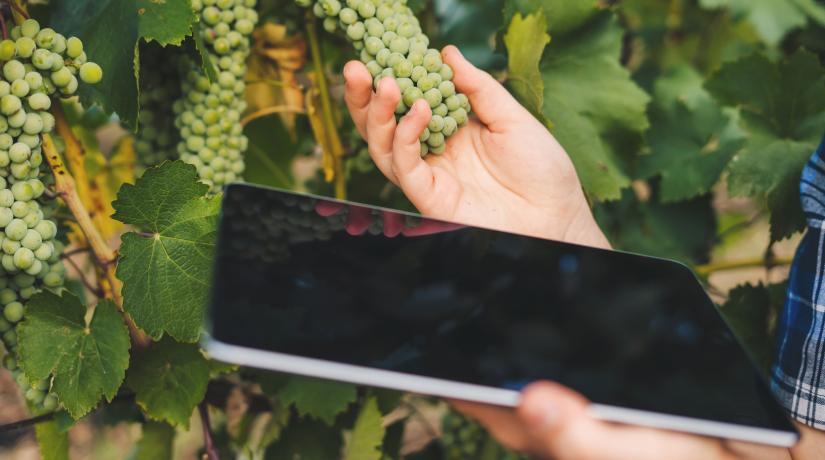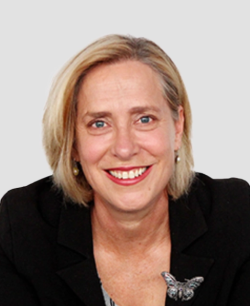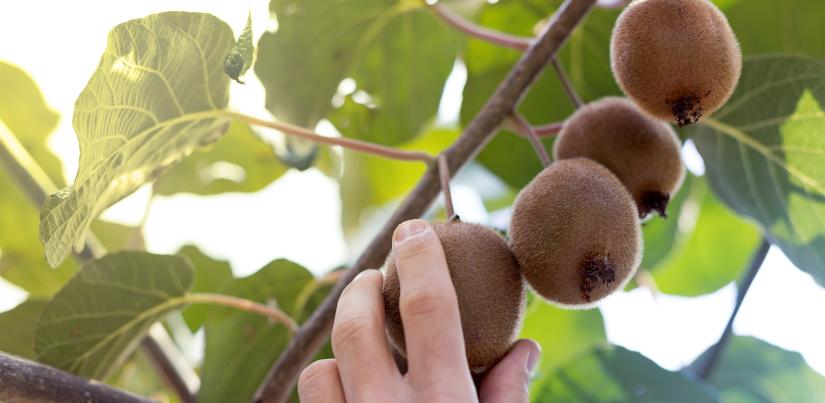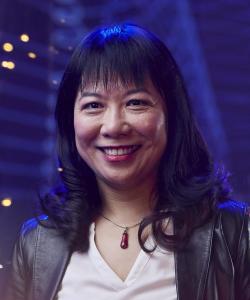Australian technology start-up The Yield is using artificial intelligence to give fruit and vegetable growers more accurate predictions on the best time to harvest, with help from the UTS Data Science Institute.

Technology is helping decision-making around when to harvest. Photo Adobe Stock Images
Getting fresh produce from the farm to our supermarket shelves is a complex business. Almost four million tonnes of fruit are picked, packed and shipped every year within Australia or to overseas destinations.
Time – and timing – is of the essence in these supply chains. The Yield Technology Solutions is helping farmers harness the power of data to decide the best times to harvest for the best commercial outcomes.
“We use technology to help growers be more profitable, more resilient and more sustainable – particularly in the face of climate change,” says The Yield’s Founder, Ros Harvey.
“We only work in specialty crops – fruits, vines, vegetables and berries – where freshness is key. These are supply chains with a very small window to harvest, process, package and get to market.”
“What growers do is like landing a plane. They need to bring it in on a narrow runway to get the right quantity, the right quality, at the right time and in the right place. We use AI and machine learning to help them land their planes.”
- Ros Harvey, Founder, The Yield
Distinguished Professor Fang Chen, Executive Director of the UTS Data Science, emphasises the complexity of these predictions.
“The challenge is making predictions when there’s different weather and physical conditions. How do we predict how much of different varieties would ripen at a certain time? What's the size and sweetness of the fruit? When can they take them to market?” she says.
“Companies can plan all their logistics and pricing once they know that. These are really big commercial decisions so we need to get the predictions as accurate as possible.”
Precise predictions improve grape quality
A Yield sensor produces data to help build analytic models. Photo The Yield Technology Solutions.
The partnership between The Yield and the UTS Data Science Institute began by creating harvest prediction models for global wine-making company, Treasury Wine Estates (TWE).
With more than 6,800 hectares of vineyards in Australia and New Zealand, TWE’s decisions on when to harvest can have a significant impact on the vintage outcome. Precise timing leads to better quality wine.
Traditionally, this involves an expert winemaker walking out among the vines to check overall condition, such as manual counts of flowering and assessment of foliage. They then make yield estimates.
To improve the process, The Yield/UTS team put together AI-driven prediction models to assist the human decision maker.
“We generated several advanced analytic models for The Yield, who triaged them and selected the best ones to put into the product they sold on to TWE,” says Fang Chen.
“We had a big bank of historical data and added some American wine growing data to compare the impact of different seasons and different climates.”
Ros Harvey said the models were not only more accurate they could be run more often and earlier. The first based models were commercialised in only eight months, and are continually learning and getting better.
“Where previous models could produce predictions a few times a year, we could do it every two weeks and in harvest every day. We could do it without any sampling. It was more efficient and cost effective, and it was weather responsive,” she says.
A zesty model for kiwifruit harvest

Ros Harvey, Founder of The Yield. Photo supplied
The Yield/UTS team took a similar approach to developing models to help global kiwifruit marketer Zespri with their harvest predictions.
The company is 100 percent owned by current and former growers and headquartered in New Zealand. They sell kiwifruit in more than 50 countries, managing around 30 percent of the global volume of the crop.
“When Zespri came to us to do commercial yield prediction, we triaged different approaches developed by Fang’s team. This time we trialled using their marketing data instead of farm-level data to make predictions,” Ros Harvey says.
“We found marketing and export data gave us enough granularity to make predictions. Zespri didn't need orchard-level predictions, they needed category predictions to link up with their market strategy and logistics.”
The model demonstrated an accuracy rate of around 94 per cent in predicting harvest windows for the current season, a significant advance on a process that had previously been expensive and labour intensive.
The research team is now by modelling the impacts of climate change on harvests looking five and 10 years into the future for different varieties and different orchard locations.

The Yield/UTS team have also looked at models for kiwifruit harvest. Photo Adobe Stock Images
Transparency helps manage risk
Underpinning The Yield’s predictions is a clearly explained framework around the accuracy and risks of the modelling.
“We’re really honest with the commercial partners to give them an understanding of how the AI models work. They’re the ones using our models in production systems, so we’re very mindful about the accuracy,” Ros explains.
“Only then can our customers make the right call for themselves about whether they want to use our predictions or their own in-house predictions.”

Distinguished Professor Fang Chen. Photo Toby Burrows
In explaining the models to clients, they found the right partner in Fang Chen’s team, national leaders in the explainability and ethical use of AI.
“We’re always looking for more useful ways to explain how and why the results look like they do. We want to explain variations in the impacts of weather or soil towards different yields,” Fang says.
“These help The Yield help their clients understand where the predictions come from. They need to have a full picture before they decide whether to use the new technology solutions.”
It’s another area where the partnership between the UTS and The Yield’s teams has paid dividends, working together with the Food Agility Cooperative Research Centre.
“We have a team of around 10 data scientists working with us. You might ask why we work with UTS when we’ve got that capability internally. But we were looking for a partner to help us develop further,” Ros says.
“We purposefully design our research projects so our university partners can go and find out things that we don't have time to think about. We’ll then take the best prospects and commercialise them.”
“Fang’s team really gets that. They have a commercial mindset and are focused on the long-term partnership.”
It’s a partnership that’s yielding sweet results for the horticulture industry.

